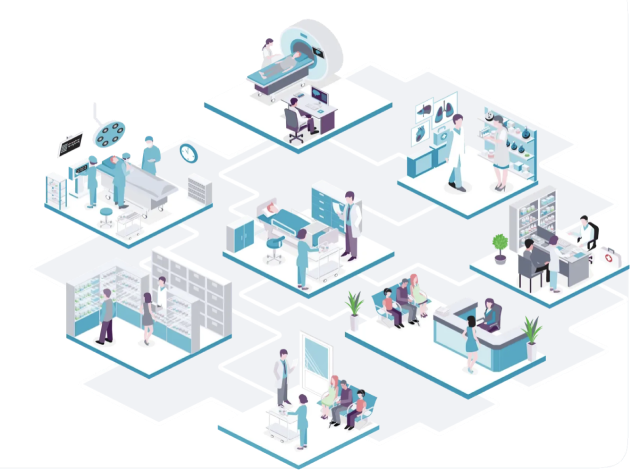Delivering Multiple Benefits
Addressing Current Healthcare Challenges
Inspiring a Pathway to Nationwide Connected Care
Over the past two decades, the digitization of health information has transformed how people in Canada experience the health system. This shift has created new opportunities to improve the delivery of care and empower patients.
Looking ahead, we must continue modernizing our health system with the vision of connected care to enable a healthier Canada. This means linking all care sectors, organizations, and providers through health technology and standardized data.
At Infoway, we’re collaborating with Health Canada, provinces and territories, vendors, and other partners and interest holders on a multi-stage approach to realize Canada’s national priorities, as outlined in the Shared Pan-Canadian Interoperability Roadmap.
The Roadmap aligns with and complements provincial and territorial roadmaps by providing common data, technical, and policy standards to achieve seamless interoperability.

Strategic Goals and Objectives
Providing the Building Blocks to True Interoperability
To advance pan-Canadian interoperability, a subset of building blocks has been identified to support near-term initiatives. These building blocks are grounded in three core frameworks designed to enable the desired functionalities across the health system:
Establishes a shared, patient-focused data foundation that aligns with international standards. This framework supports a single, extensible approach that includes:
- A referenceable data model.
- Semantic data component guidance.
- Minimal mandatory data assets.
- Clinical guidance for effective implementation.

The Necessary Policy
National legislation is critical to ensure data unblocking and access while supporting the goals of connected care in Canada. A national coordinating entity is required to define and oversee the implementation and compliance of prescribed standards.
Health information technology is considered interoperable if it:
- Enables users to easily, securely, and fully access and use electronic health information.
- Facilitates the seamless exchange of electronic health information with other health information technologies.
- Meets the standards, specifications, or requirements outlined in the regulations.



